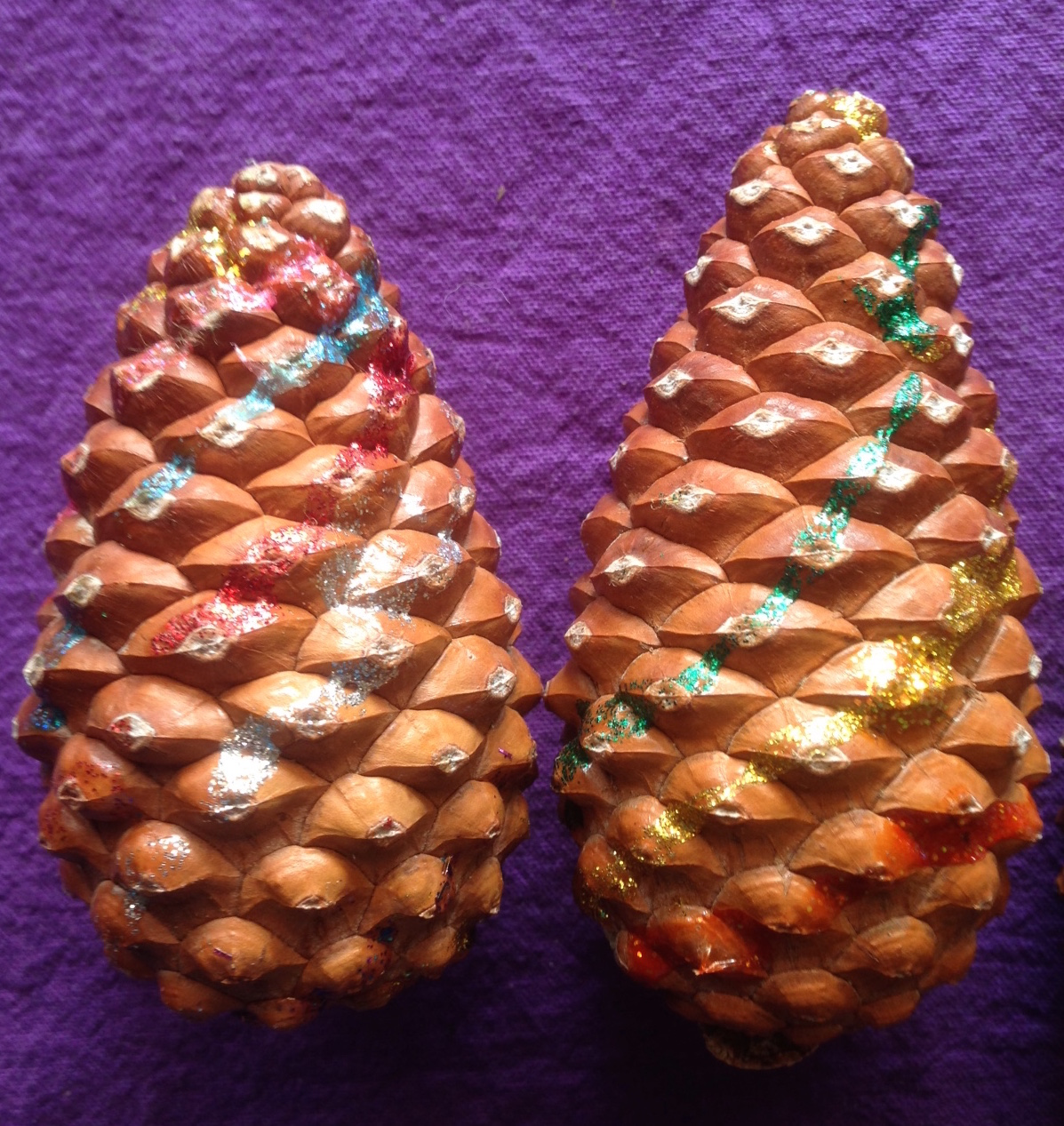

This is very special rectangle known since ancient times.
#THE FIBONACCI SEQUENCE IN NATURE SERIES#
See the complete process on the following series of illustrations: We start from a simple square to get that and use a classic method that requires only a ruler and drawing compass. It introduces the concept of Golden Ratio by constructing a Golden Rectangle. Once it has appeared the Nautilus we advance to the second part of the animation.
#THE FIBONACCI SEQUENCE IN NATURE LICENSE#
Or you could explain in a more “genteel” way, saying that I have taken an artistic license 😅 Therefore I must confess that I did a kind of cheat with this animation.

The truth is that this is something I discovered when I had completely finished the screenplay for this project and I was too lazy to change. It’s funny because if you perform this search at Google Images: “ spiral + nautilus” you will see how many images suggest that this shell is really based on the construction system described above.īut this isn’t correct, as it’s outlined below, on the “Making of” section. IMPORTANT NOTE: while watching the animation conveys the idea that the Fibonacci spiral (or the Golden Spiral, it doesn’t matter) is on the origin of the shape of a Nautilus, this isn’t absolutely right. It’s something similar to what happens when we try to approach to an ellipse by drawing an oval using circular segments: the result is not the same as a true ellipse. I have introduced a small optical correction in the animation in order to get the resulting curve more like a true Golden Spiral (more harmonious and balanced), as explained on this plate. Then we draw a quarter circle arc (90°) within each little square and we can easily see how it builds step by step the Fibonacci Spiral, looking at right graphic. And they are arranged in the way how we see in the diagram at left. We will create first a few squares that correspond to each value on the sequence: 1×1 – 1×1 – 2×2 – 3×3 – 5×5 – 8×8, etc. This is the next thing to be shown on the animation, appearing just after the first values on the succession: the process of building one of these spirals. The values of this sequence have been appearing in numerous applications, but one of the most recognized is the Fibonacci Spiral, which has always been used as an approximation to the Golden Spiral (a type of logarithmic spiral) because it is easier to represent with help of a simple drawing compass. This is an infinite sequence of natural numbers where the first value is 0, the next is 1 and, from there, each amount is obtained by adding the previous two. So it is known as Fibonacci Sequence, even although it had been described much earlier by Indian mathematicians. This is a very famous and recognized sequence since many centuries ago in the Western World thanks to Leonardo of Pisa, a thirteenth century Italian mathematician, also called Fibonacci. The animation begins by presenting a series of numbers. It was also, more or less, the appearance of the screenplay in the days that I was planning this project.

This section is meant to be a complement to the animation, in order to better understand the theoretical basis that you can find behind the sequences.


 0 kommentar(er)
0 kommentar(er)
